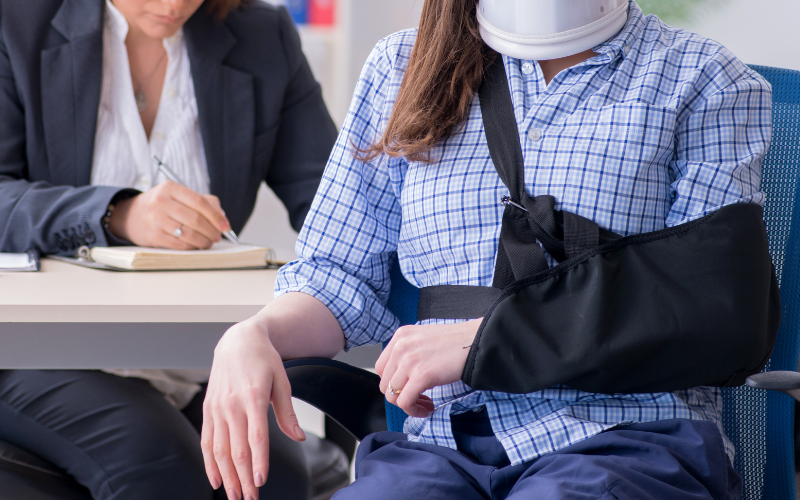Imagine you’re driving through Atlanta when another car runs a red light and crashes into you. You might think the other driver should be entirely liable for the accident, but what if you were also speeding?
In Georgia, determining who is at fault isn’t always straightforward. This is where comparative negligence comes into play, a legal principle that can significantly affect personal injury claims.
Contents
What is Comparative Negligence in Legal Terms?
Comparative negligence is a legal doctrine used to allocate responsibility for an accident among all parties involved based on their degree of fault. There are two main types: pure comparative negligence and modified comparative negligence.
Under pure comparative negligence, a plaintiff can recover damages no matter how high their percentage of fault is. However, Georgia follows the modified comparative negligence rule, which means that if a plaintiff is found to be 50% or more at fault, they cannot recover any damages.
The Legal Framework in Georgia
In Georgia, the principle of comparative negligence is codified under OCGA § 51-12-33. According to this statute, a plaintiff’s recovery is diminished in proportion to their degree of fault.
The key threshold here is the 50% rule. If a plaintiff is found to be 50% or more at fault for an accident, they are barred from recovering any compensation. Determining fault involves careful examination of evidence and witness testimony to assign a percentage of blame to each party involved.
Impact on Personal Injury Claims
Comparative negligence can dramatically impact the amount of compensation a plaintiff receives in a personal injury claim. For instance, if a plaintiff is awarded $300,000 in damages but found to be 30% at fault, their compensation would be reduced by $90,000. However, if they were found to be 60% at fault, they would receive nothing.
Given the potential for comparative negligence to affect a personal injury claim significantly, it’s vital to have experienced legal representation on your side.
For example, experienced Duluth injury lawyers can help gather evidence and present a strong case to minimize the percentage of fault assigned to their client.
Challenges for Plaintiffs
Proving less than 50% fault can be a challenge for plaintiffs. It requires presenting compelling evidence and often expert testimony.
For example, accident reconstruction experts can help determine the speed and actions of vehicles involved. Plaintiffs must gather medical records, eyewitness statements, and sometimes even video footage to support their claims. They must also be prepared to rebut any evidence presented by the defense that may show their fault.
Additionally, navigating the complexities of comparative negligence often necessitates experienced legal representation. A skilled personal injury lawyer will have the knowledge and resources to help plaintiffs build a strong case and navigate any challenges that may arise.
Final Thoughts
A good understanding of comparative negligence is essential for anyone involved in a personal injury claim in Georgia. This legal doctrine determines how damages are allocated and can significantly reduce a plaintiff’s compensation if not properly managed.
With the right support, plaintiffs can build a strong case to minimize their percentage of fault and recover the maximum amount of damages possible. Therefore, it’s important to seek experienced legal representation to navigate the complexities of comparative negligence and ensure a fair outcome for all parties involved.




